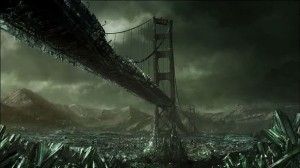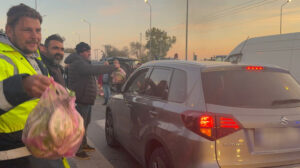According to the Commission for the Comprehensive nuclear-test-ban Treaty Organisation (CTBTO), the largest nuclear explosion in history was the 1961 Soviet Union ‘Tsar Bomba’. The test measured 50 megatons, which was more than 3,800 times more powerful than the Hiroshima bomb.
Data shows that in 2017 there are 14,900 nuclear warheads in the world. Russia (7,000) and the US (6,000) have the lion’s share, followed by China (260) and the UK (215), with France and other countries also in possession of the devastating weapon. Although not all nuclear weapons have the same destructive capabilities, the US and Russia have thermonuclear weapons, which the most devastating of all types of nuclear weaponry.
But what would happen of all the nuclear bombs were detonated concurrently? Assuming that all 13,800 bombs will detonate on the surface, and will be evenly spaced out across the world, 94 kilometres of land will be immediately obliterated, and 232,000 square kilometres of infrastructure will have been blown away. A fireball would develop almost immediately covering a 79,000km radius and vaporising anything in its path, and anyone within 5.8 million square kilometers from it would suffer third degree burns.
The subsequent ionising radiation in the atmosphere will contaminate an area 284,000 square kilometres in size, so most who manage to survive the initial blast will develop radiation sickness. The final chapter in this apocalyptic scenario would be a nuclear winter. If there were any survivors who haven’t succumbed to radiation, they will have to get ready for widespread darkness across the planet. The nuclear winter would cool the world for hundreds of years, as the black carbon soot from the explosions would block solar radiation reaching the surface of the earth, making photosynthesis impossible.
Ask me anything
Explore related questions





